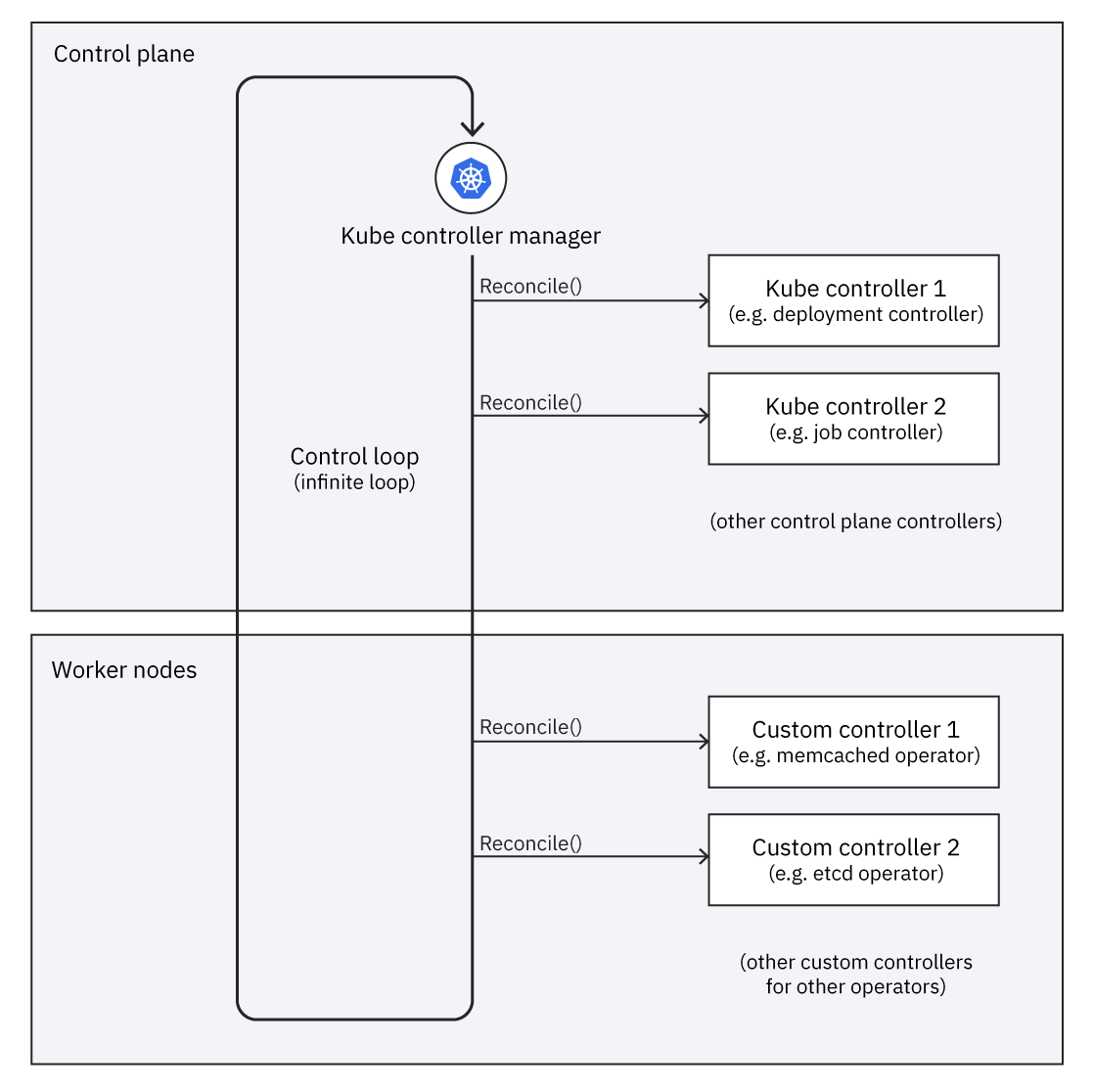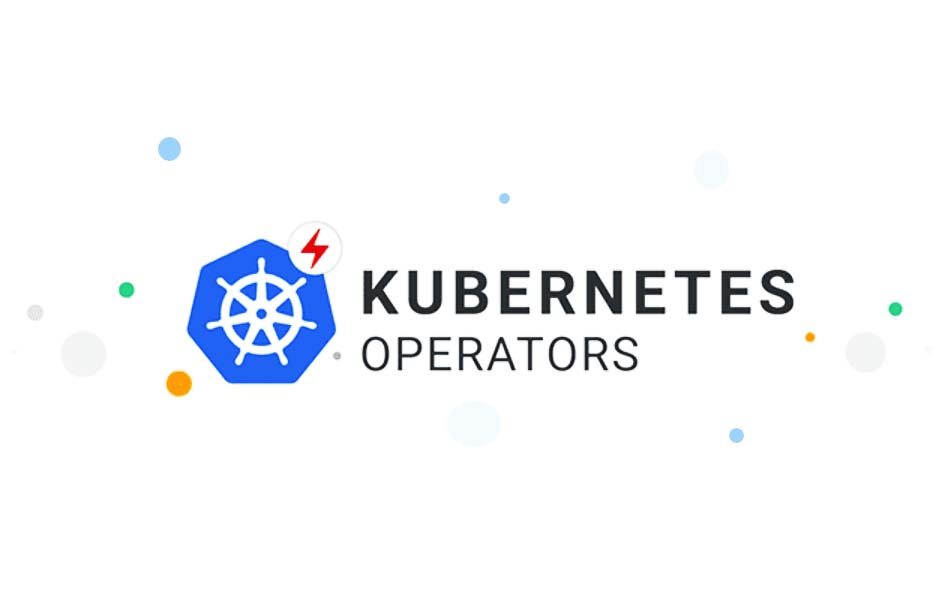Kubernetes Operators
Let's cover the basics first
Kubernetes applications are usually run and managed via Kubernetes Application Programming Interface (API), kubectl tooling or via Helm charts.
Kubernetes Operators are extensions to Kubernetes that allow you to expand the functionality of the Kubernetes API. The goal of an Operator is to put operational knowledge into software.
Operators serve as application-specific controllers that enable you to configure, create, and manage instances of applications automatically using a structured process.
They simplify the process of managing Kubernetes resources by automating deployment and the entire life cycle of software assets.
Operators are often used for stateful applications (e.g. database) where more complex configuration or orchestration is required. Kubernetes Operators can automate tasks that are otherwise performed by human operators such as installation, upgrades to a new version, failure recovery, monitoring and scaling in/out and making its service run more like on autopilot.
Operator components
- CRD (Custom resource definition):
Schema of settings available for configuring the workload.
- Custom resource (CR):
Kubernetes API extension created by a CRD. A custom resource instance sets specific values for the settings defined by the CRD to describe the configuration of a workload.
How it works
In Kubernetes, controllers run in a control loop comparing the desired state of the cluster to its actual state to then make adjustments in case these two states don’t match.
The difference with Operators is that these are custom Kubernetes controllers which use Custom Resources (CR) to track objects, known as custom resource definitions (CRDs).
User provides configuration settings within a CR, and then the operator translates it into low-level actions and after it implements the translation.
Custom resources can track three types of events (add, update, and delete), they can back up data, recover from failures, and upgrade the application over time, automatically.
You can store and retrieve structured data in a CRD and it can be handled by the Kubernetes API just like built-in objects.
Finally, the operator takes action to match the workload’s current state to the desired state as part of the custom controller scaling cycle.
In a nutshell, how it happens:
- User makes changes to a CRD
- The operator tracks the CRD and identifies change events
- The operator reconciles the CRD state with the desired state
- The operator adjusts cluster state to the desired state
Operator Framework

This is an open source toolkit used to manage operators in an effective, automated and scalable way. It helps to accelerate the development of an operator.
Components:
- Operator SDK:
Enables developers to build operators based on their expertise without requiring knowledge of Kubernetes API complexities. - Operator Lifecycle Management:
Oversees installation, updates, and management of the lifecycle of all of the operators running across a Kubernetes cluster. - Operator Metering:
Enables usage reporting, metrics for operators that provide specialized services.
Popular K8s Operators
- RBAC Manager Operator
Allows you to easily set up and manage RBAC configurations with minimal manual work. - HPA (Horizontal Pod Autoscaling) Kubernetes Operator
Adds pod autoscaling functionalities to your Helm charts. Tracks Deployments or StatefulSets, and then automatically deletes, updates, or creates HPAs according to predefined annotations located in the configuration file.
- Istio Operator
Simplifies tasks related to the installation, upgrading, and troubleshooting of Istio Service Mesh. The operator API supports all six built-in installation configuration profiles, including demo, default, and remote.
- Elastic Cloud on Kubernetes (Elastic Kubernetes Operator)
Designed especially for the Elastic Stack (ELK). It lets you automatically deploy and manage ECK, including features like Elasticsearch, Kibana, and Logstash. ECK provides features like monitoring clusters, automated upgrades, scheduled backups, and dynamic scalability of local storage.
- Grafana Operator
Helps you create, configure, and manage Grafana instances on Kubernetes. Simplifies Grafana deployments and you can also use it to make Grafana available via ingress, automate dashboard creation; data source discovery, etc.
- Starboard Operator
Integrates security tools into the Kubernetes environment, allowing users to natively find and view risks associated with various resources in Kubernetes. It updates the security report resource automatically in response to Kubernetes cluster workloads and other changes.
Why are Operators necessary?
Operators expand the already rich functionality that Kubernetes brings to the table. With the use of Operators you can automate the entire application lifecycle (Deployment, Upgrades, Backups, Failure recovery) which in turn reduces operational burden. Together with better scalability and reliability Kubernetes Operators will do the tasks that are otherwise performed manually by humans.
With Operators you deploy stateful applications in a cloud native way and deliver outstanding performance by eliminating human errors.
At our Containers & Kubernetes workshop, we provide even more valuable and hands-on insights to help you master tools like Operators and deploy stateful applications efficiently in a cloud-native environment.
Are you now thinking of implementing Kubernetes Operators to improve your Ops? Let’s chat!

